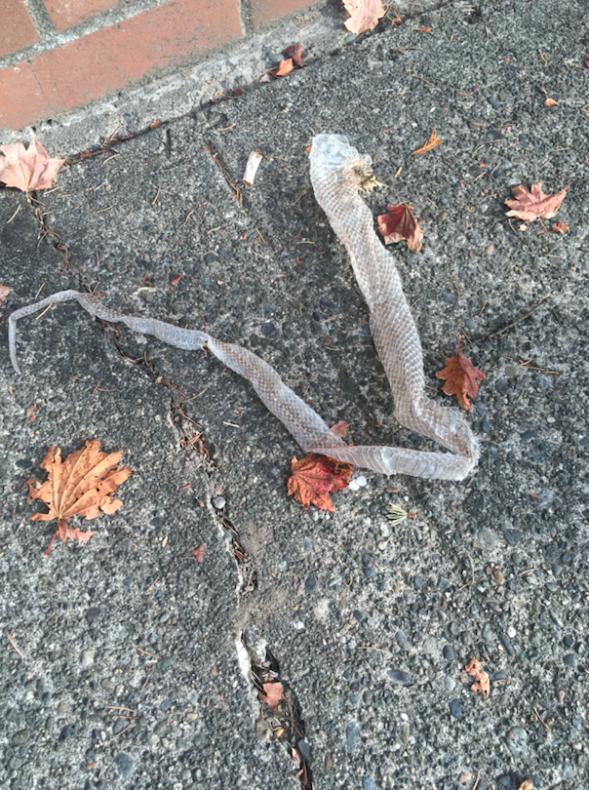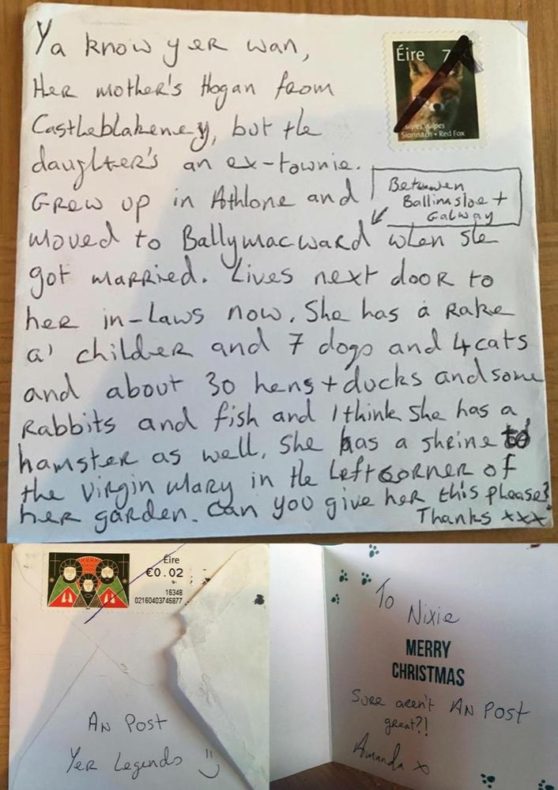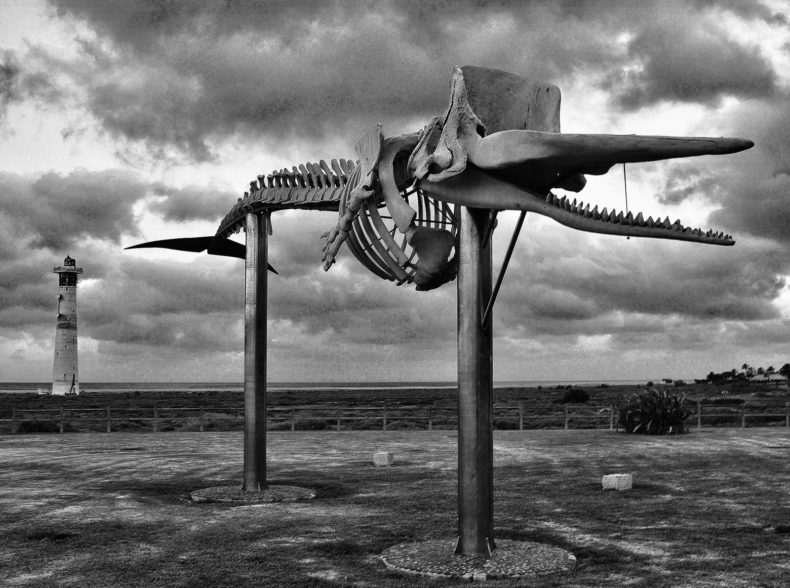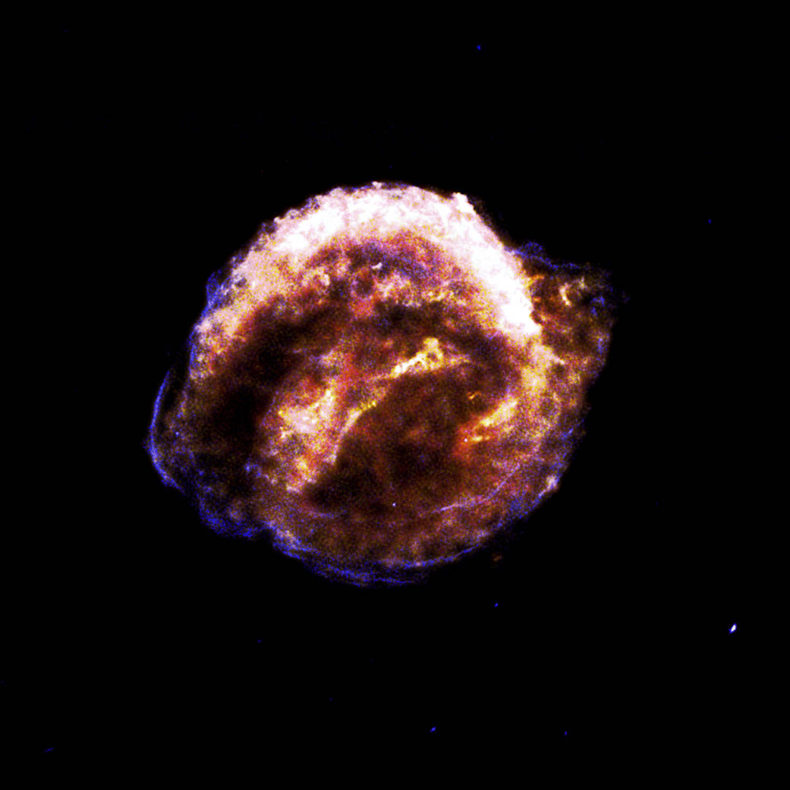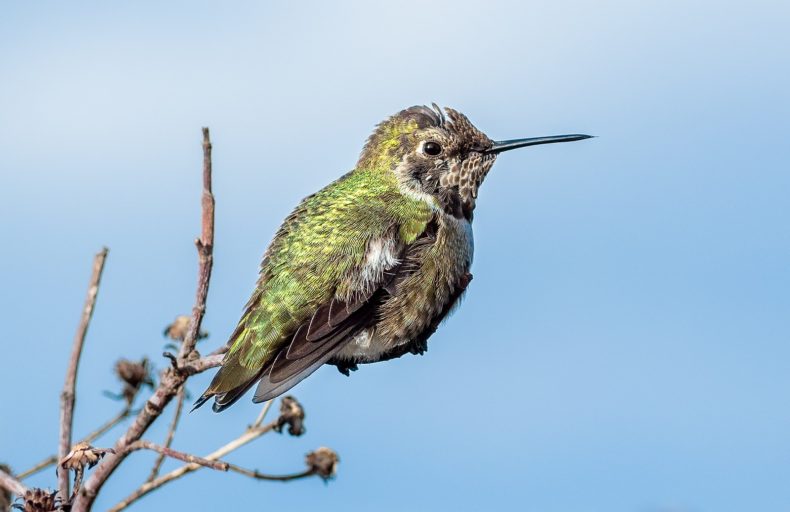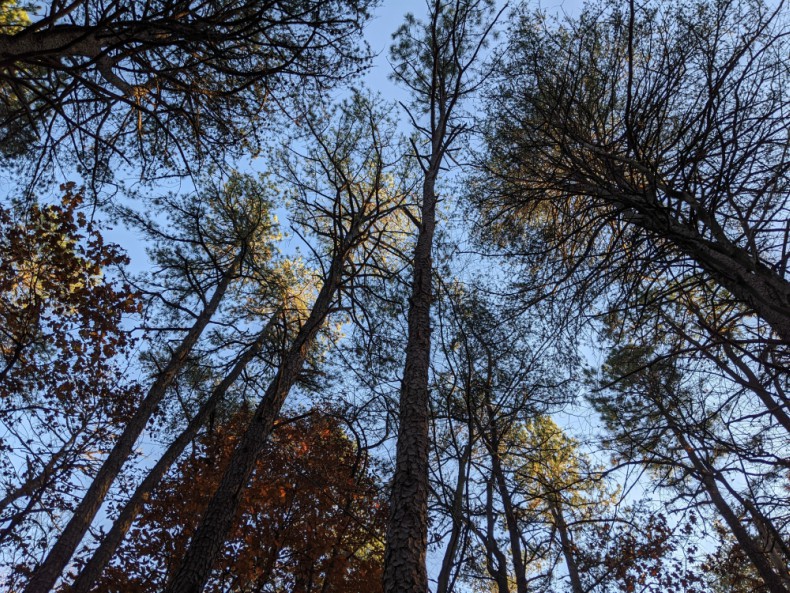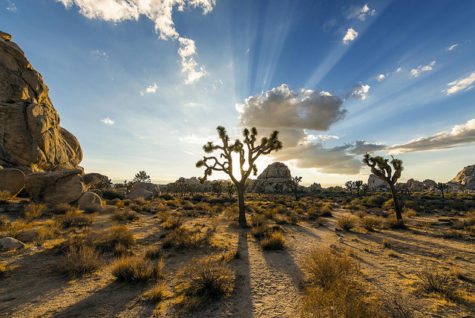This is a conversation the People of LWON had late last March when, along with the rest of civilization, we were going bug-nuts with covid stress. We had decided we couldn’t keep up a five-day-a-week posting schedule, we’d have to cut back to three days a week. We didn’t like this, but we talked through our various lives — new food supply protocols, kids at home, kids needing help with remote learning, parents who wouldn’t socially distance, working from home, finding masks, learning what’s safe, normal life now being harder, more uncertain, and taking ten times longer — and didn’t see any other way out. Emily volunteered to write the post that explained our new and unhappy covid posting schedule and unusually, before publishing it, she asked the rest of us to read what she wrote. The responsibility of writing it, she said, felt like a Thanksgiving dinner. And that got us thinking, in March, about what life might be like in eight months, at Thanksgiving. The conversation took on a life of its own.
Emily: So, this may sound strange, but the feeling I had writing this post was similar to the feeling I think I would have if we were all getting together for Thanksgiving dinner and somehow I got entrusted with an important dish, like pie or stuffing. I had that thought and then thought how wonderful it would be to get to have a big meal all together. That thought evoked such an intense mix of gratitude and longing, I teared up. Anyway, you all matter to me a whole hell of a lot, and I think LWON matters to a lot of people, and I also think some time to rest is going to be good.
Ann: And now I’m tearing up too, Emily. Wouldn’t we be happy, everybody bringing a dish and setting the table so beautifully, and watching all the people we’ve written to but rarely or never seen and heard, and with amazement because they’re so interesting. Oh my, what a dinner we’re having!
Craig: I’ll bring the weird Jell-O dish.
Ann: You’ll put olives in it, won’t you, Craig.
Craig: Gobs of em.
Sally: Can I bring 70s fish mousse in a mold?
Ann: Parsley sprinkled over the top in an artful manner.
Cameron: Pie pie pie
Helen: Aw, yay. I’d bring duchess potatoes.
Jenny: more pie really tart cranberries
Ann: Cornbread sausage stuffing.
Christie: apricot pie here.
Becky: Green beans in butter and garlic sauce. And apple pie.
Becky: OMG, Thanksgiving this year. Will we be able to gather? Will that be covid season? I can’t bear to think of that yet.
Sally: And about that asshole that brings fish mousse to an otherwise lovely dinner party.
Emily: I love this so much. It reminds me of my favorite thing on long backpacking trips, which is to imagine all the food I’ll get to eat when I get back to civilization. I usually start craving waffle fries and ice cream at around day 6.
Jenny: My mother-in-law really goes to town with the marshmallows on the sweet potato casserole. Maybe she even uses TOO many. Then again, when has anyone ever said, this sweet potato casserole tastes too sweet? No one. Ever. She also does the (naturally) sweetest sweet corn you can imagine. She uses summer corn that she cuts off the cobs and freezes months before. I am getting happily fat just thinking about this.
Jane: My in-laws have a Thanksgiving tradition of cooking chestnuts in cream and after my father-in-law died, it was even more important to prepare them. They’re awful to shell; we’ve tried a million different methods, and we’ve mostly settled on one where we microwave them in hot water, then singe our fingers peeling them open. Inevitably, everyone curses a lot and we’re always glad to be done with it, but I miss that now.
Emily: That’s so lovely, Jane. My Nana’s tradition was to buy pureed sweet potatoes at her favorite grocery store and pretend that she’d made them herself. So now we make sure to always tell a few harmless lies at Thanksgiving, to honor her memory.
Emily: Also, since this is an imaginary feast, I don’t see why it can’t also include Easter brunch. I’ll bring eggs benedict.
Richard: Well, if we’re adding Easter dishes to our Thanksgiving feast, then I’ll bring my mother’s potato borscht, complete with kielbasa, hard-boiled eggs, and horseradish. It won’t be as good as hers, but I’ll do my best.
Richard: You realize we’re all writing a new post, right? About hope, and the power of looking to the future, and comfort food, and companionship?
Really, everyone, really, from our hearts, with comforting food and a clearer future and dear people, everyone, happy Thanksgiving. We can do this.
